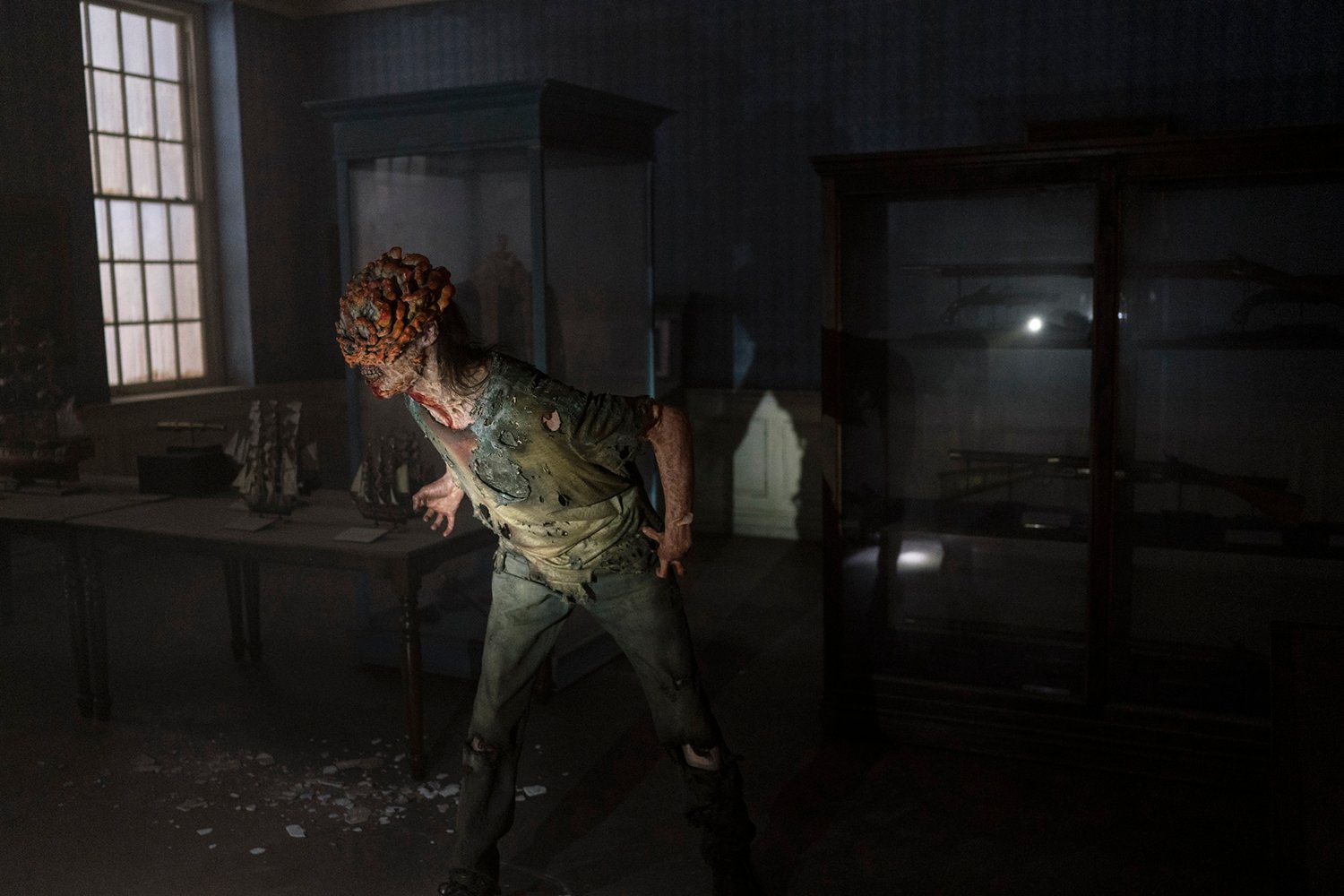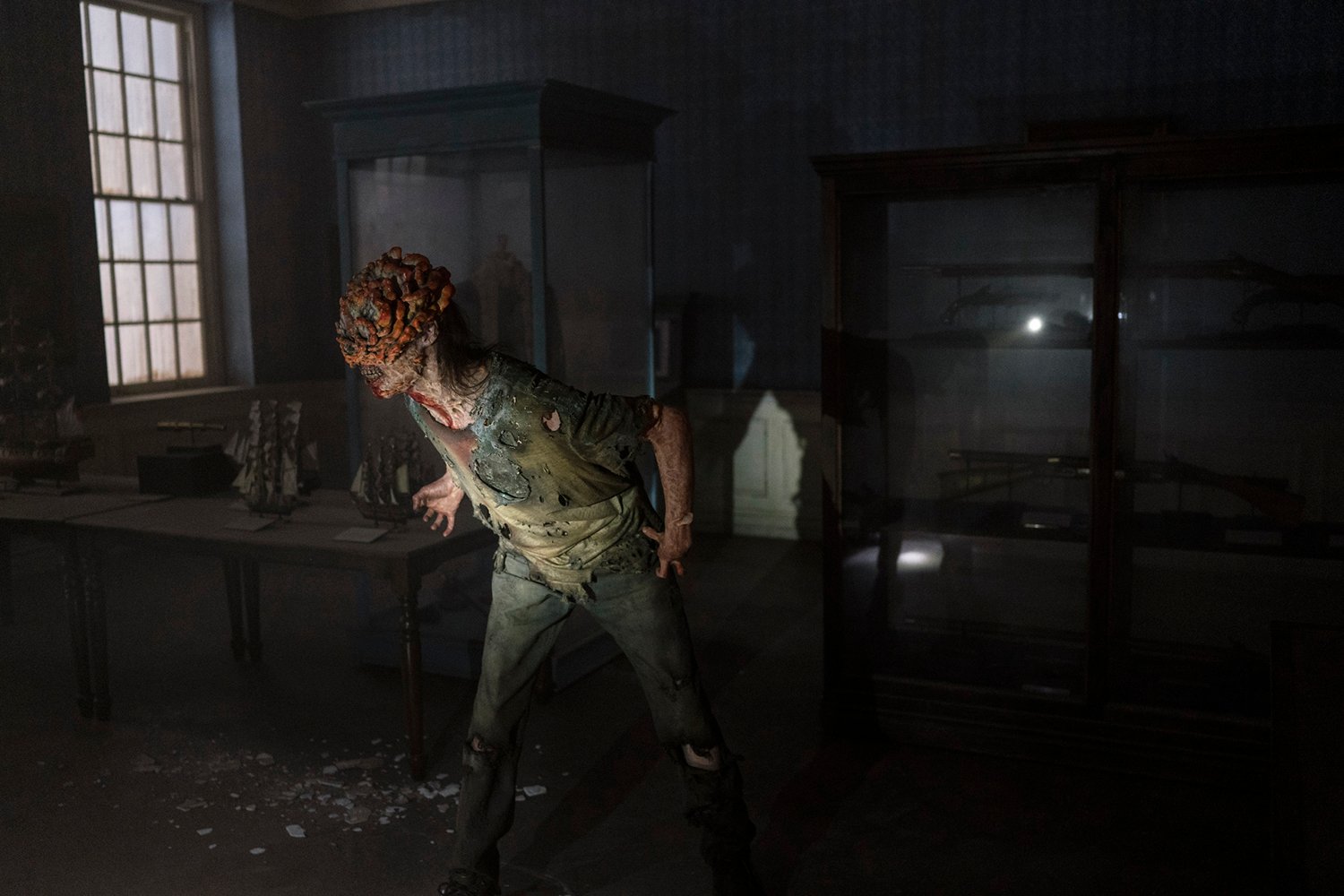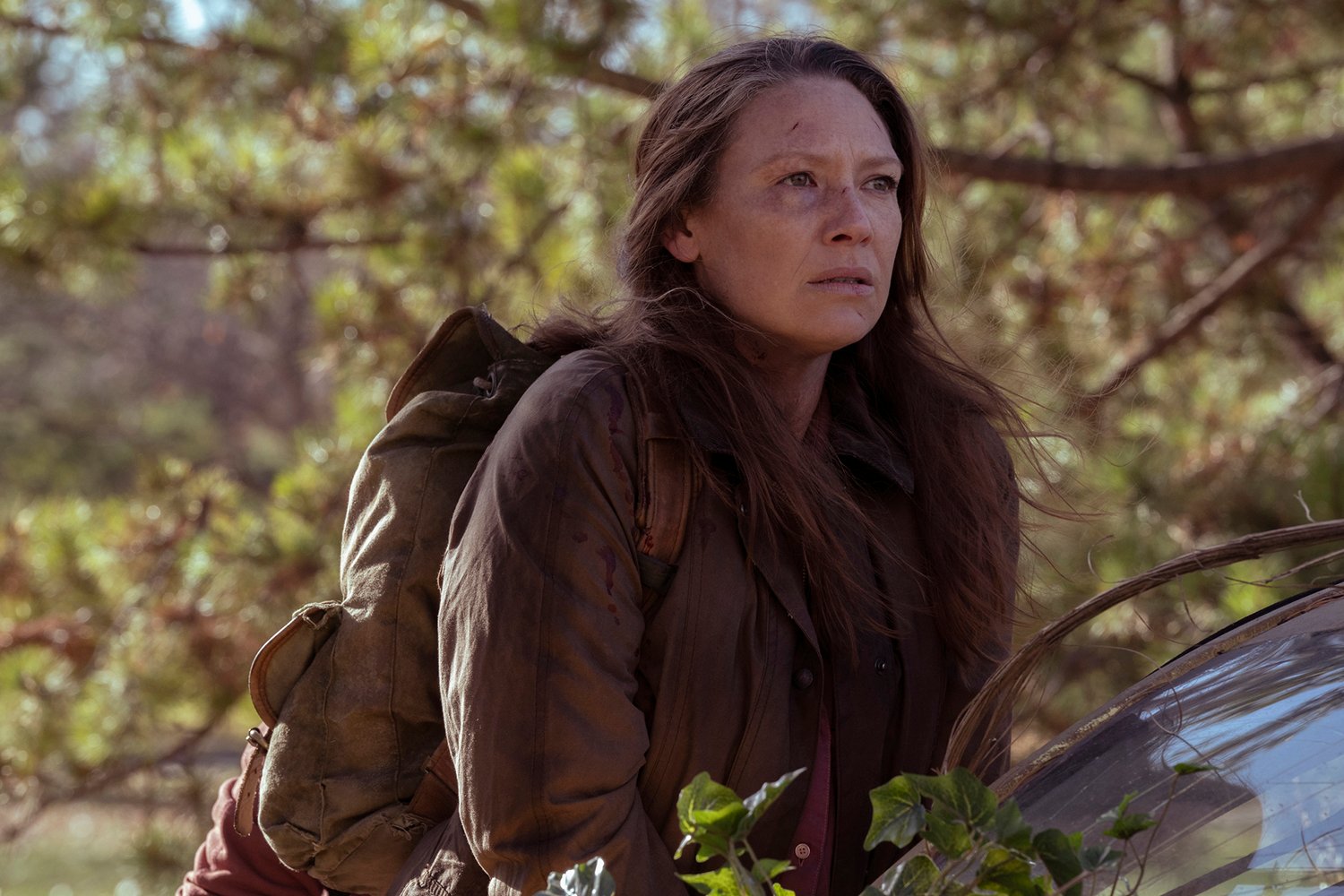
‘The Last of Us’: All the Types of Infected Humans, Explained
The Last of Us Episode 2 gives viewers their first look at some of the terrifying types of zombies who are infected with the Cordyceps fungus. Over the next few weeks, fans of the HBO series will hear terms like Clicker, Runner, Bloater, tendrils, and spores — but what do they mean? Here’s a guide to all the stages of the Cordyceps infection and how it spreads in The Last of Us.
[Spoiler alert: The following story contains spoilers for The Last of Us Episode 2 and The Last of Us video games.]

What do they call the infected in ‘The Last of Us’?
Those who have been infected with the Cordyceps fungus are collectively known as “the infected.” However, as seen in The Last of Us video games, there are multiple stages of the infection — and each one is more dangerous than the last.
When someone is first infected with the fungus — usually through a bite from someone who is already sick — they will turn into a Runner within two days. Runners look like humans, but they no longer have control of their brains, so they become extremely aggressive. They’re also surprisingly speedy on their feet; however, Runners aren’t so quick with their attacks. Mrs. Adler was a Runner in episode 1 of The Last of Us TV series.
The next stage of infection is known as the Stalker stage. Zombies usually reach this point after two weeks. The fungus has started to take over their skin, shown as tendrils that can be attached to walls. Stalkers like to hide in dark places and launch surprise attacks on their prey.
Next, there are Clickers — viewers see these in episode 2 of The Last of Us. By this point (one year of infection), Cordyceps has grown through their heads, leaving only a disgusting, mushroom-like bulge atop their zombie bodies. The fungus takes over their eyes, so Clickers use echolocation (a clicking sound) to hear prey.
The final type of infected in The Last of Us is known as the Bloater or Shambler. Both of these types have been infected for several years. Their bodies have been completely taken over by the fungus, creating armor all over. Shamblers are more common in areas with water. Bloaters and Shamblers can pull the fungus from their own bodies to send spore bombs at their prey, which causes burns.
‘The Last of Us Part II’ introduces another terrifying type of infected
As if all that wasn’t scary enough, there’s one more monster that could make it into The Last of Us TV series. In the second game, The Last of Us Part II, players must fight what is known as the Rat King. Essentially, this creature was formed by several infected individuals merging together over the course of several years. It resists damage from fire, bombs, and guns, so the Rat King will be quite the challenge if it appears in the show, likely in season 2.
Cordyceps infection spores and tendrils, explained
Other terms that viewers will hear on The Last of Us when it comes to the infected are “spores” and “tendrils.” In the game, the infection can spread via airborne spores around dead zombies. However, that changes slightly in the TV show. Infected people in the show are connected by tendrils that grow out of their bodies. If someone comes in contact with one tendril on the ground, they can awaken dozens of infected somewhere else.
The Last of Us creators Craig Mazin and Neil Druckmann revealed that they made the change in order to make the show more unique. Tendrils are also more realistic than spores, since airborne spores would infect the population much faster.
“We did our best to find what’s unique about our story and world. For our clickers, we lifted them from the game, and kept them as is,” Druckmann told Variety. “But for the more recently infected, we had a lot of conversations about what else can we do with the vector other than bites. We looked at concept art where there’s this implication of the fungus growing under the skin. What if that was the thing? It’s not so much about the bite, they just need these tendrils to go from one host to another and that’s how the infection spreads.”
New episodes of The Last of Us drop every Sunday at 9 p.m. ET on HBO and HBO Max. Check out the full release schedule for more details.





